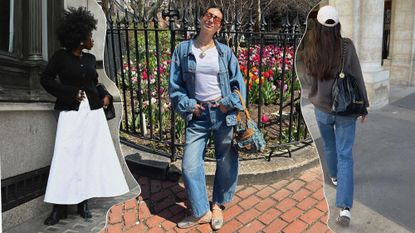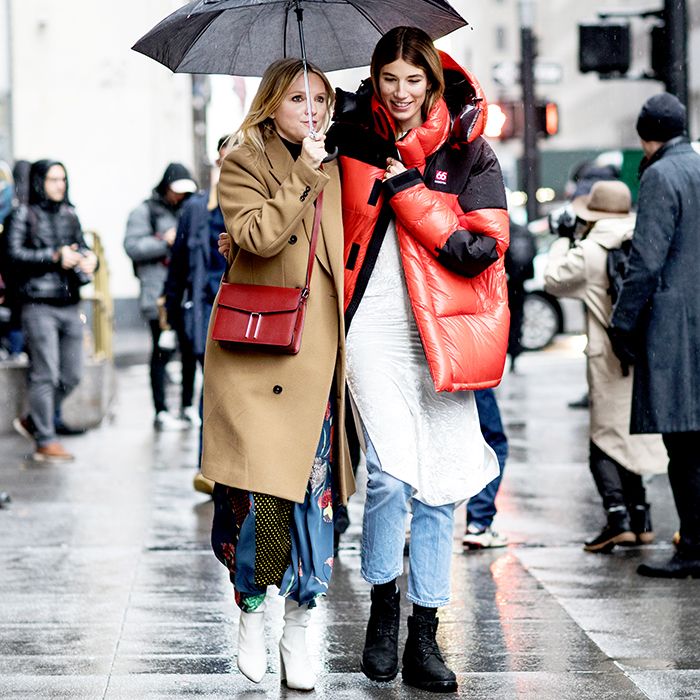Eastern Wear Pakistan: Important Closet Pieces for every single Fashion Fanatic
Eastern Wear Pakistan: Important Closet Pieces for every single Fashion Fanatic
Blog Article
Open the Tricks of Ageless Eastern Use
Checking out the enigmatic world of ageless Eastern wear looks into a realm where society, virtuosity, and background merge to produce garments that transcend plain fabric and string. The detailed tapestry of custom intertwined with modern elements offers a glimpse right into a world where every stitch narrates, every theme a sign of relevance. Introducing the keys behind these creations introduces a tapestry of heritage waiting to be unraveled, welcoming one to trip through the ethereal appeal and aura of Eastern fashion.
History of Eastern Style
The background of Eastern fashion dates back centuries, showing the rich social heritage and traditions of diverse areas across Asia. Each region boasts its unique designs, materials, and styles that have been influenced by factors like environment, religion, social status, and profession paths. eastern wear pakistan. The intricate silk garments of China signify sophistication and refinement, while the lively saris of India showcase a kaleidoscope of patterns and colors.
In Japan, the kimono has actually been a symbol of custom and refinement for generations, with different styles put on for numerous occasions. In a similar way, the hanbok in Korea stands for the country's ingrained customizeds and is still put on during essential ceremonies. The history of Eastern style is a tapestry of innovation and tradition, blending ancient experiment modern influences to create a dynamic and ever-evolving sector. Comprehending the beginnings of these famous garments supplies insight right into the cultural value and craftsmanship that proceed to influence modern designers worldwide.
Value of Typical Attire
Traditional outfit offers as a social symbol, personifying the values, beliefs, and heritage of communities in Eastern cultures. eastern wear pakistan. These garments are not simply pieces of textile but are symbolic depictions of the rich background and customs passed down through generations. In Eastern societies, typical clothing plays a substantial duty in ceremonies, events, and life, showing the social standing, local associations, and also marriage condition of individuals
The importance of traditional clothes surpasses appearances; it is a way for people to get in touch with their origins and reveal pride in their social identity. Each garment, from the intricate sarees of India to the flowing hanboks of Korea, brings with it a narrative of craftsmanship, meaning, and symbolism that is deeply deep-rooted in the fabric of culture.
In addition, traditional clothes offers as an aesthetic language, communicating tales of unity, victory, and durability. By wearing these garments, individuals not only honor their heritage yet likewise add to the conservation and event of their social tradition.
Development of Eastern Embroideries
Exactly how have Eastern embroideries progressed over time to reflect altering social influences and artistic trends? Eastern needleworks have an abundant history that extends centuries and have actually continually developed to integrate diverse social influences and react to moving imaginative fads. The advancement of Eastern needleworks can be traced back to old civilizations where detailed designs were hand-stitched onto materials utilizing traditional methods. Throughout the years, these embroideries have adapted to show the changing tastes and preferences of different areas and ages.

Today, Eastern embroideries remain to advance, mixing conventional craftsmanship with modern style sensibilities to produce timeless pieces that commemorate the beauty of multiculturalism and artistic innovation.
Luxurious Fabrics in Eastern Wear
Glamorous fabrics play a critical role in boosting the aesthetic allure and top quality of Eastern wear, boosting the total appeal and class of traditional garments. Eastern wear is renowned for its opulent fabrics that not only show the area's rich cultural heritage but likewise indicate beauty and poise. Silk, a textile identified with high-end, is typically made use of in crafting Eastern attire, passing on find more information a shiny luster and a soft, smooth structure. The fine strings of silk not only curtain magnificently but additionally add a touch of luxury to clothing.
In enhancement to silk, materials like brocade, velvet, and chiffon are also commonly included in Eastern wear. These lavish textiles not just elevate the visual allure of Eastern wear but also guarantee a feeling of improvement and sophistication that transcends time.
Incorporating Eastern Fashion Today
In modern fashion landscapes, the combination of Eastern influences presents an unified fusion of cultural heritage and modern-day aesthetics. Designers and style enthusiasts alike are embracing the abundant tapestry of Eastern fashion, incorporating typical elements into modern-day silhouettes and designs. From elaborate embroidery to dynamic shades and glamorous fabrics, Eastern style today uses a diverse series of alternatives that accommodate an international audience.
One method Eastern style is making its mark in contemporary closets is via the adjustment of typical garments such as the bathrobe, saree, or qipao into daily wear. These items, when reserved for unique celebrations, are currently reimagined in more laid-back types, permitting for their unification right into daily fashion selections. Furthermore, using traditional patterns and themes in Western-style garments adds a touch of unique sophistication to modern attire.

Verdict
Finally, discovering the rich background, importance, and development of Eastern fashion introduces an ingrained connection to heritage and values. The lavish textiles and elaborate needleworks of Eastern wear showcase the flexibility and eternity of conventional designs. Including Eastern influences in modern fashion enables a blend of practice and innovation, producing an unified balance in between the past and the here and now.
Luxurious textiles play a pivotal function in raising the visual allure and high quality of Eastern wear, improving the total allure and refinement of conventional garments. Designers and fashion lovers alike are accepting the rich tapestry of Eastern style, incorporating see conventional aspects into modern-day shapes and designs. From complex embroidery to dynamic colors and glamorous materials, Eastern style today provides a diverse variety of choices that provide to an international target market.
One way Eastern fashion is making its mark in modern closets is with the adaptation of traditional garments such as the kimono, saree, or qipao into daily wear. The lavish materials and complex embroideries of Eastern put on showcase the adaptability and timelessness of conventional here are the findings designs.
Report this page